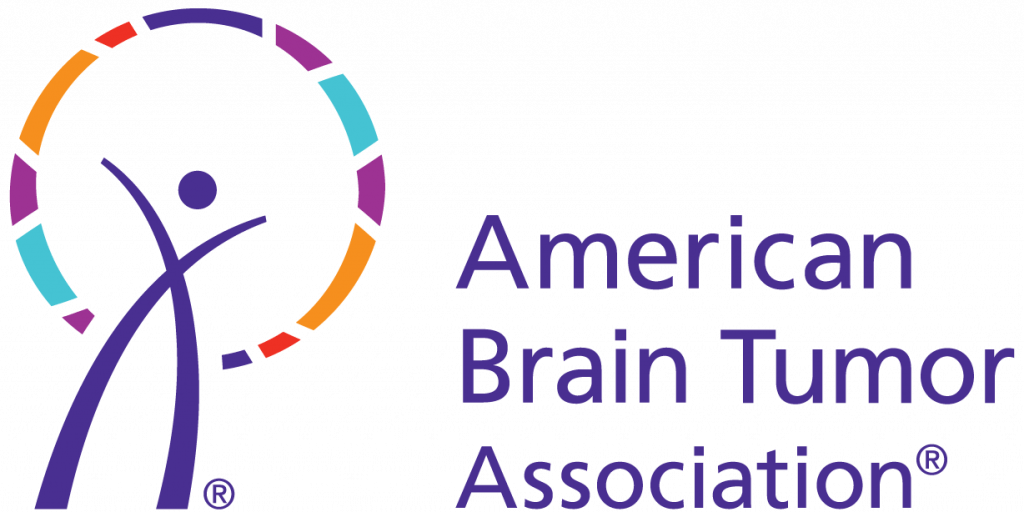Featured Clinical Study
A Feasibility Study to Evaluate the Safety of the TheraSphere Glioblastoma (GBM) Device in Patients With Recurrent GBM (FRONTIER)
Study Sponsor: Boston Scientific
Study website: Frontier Study Website
Study Number: NCT05303467
Tumor Type: Recurrent GBM
Age Group: Adults
Gender: Female & Male
Study Phase: Phase 1
Published Date: TBD
GENERAL OVERVIEW
Detailed Overview
The FRONTIER study will enroll up to 12 patients at up to 5 academic hospitals in the United States which were selected based on their experience with studying novel agents in early-phase trials. Approval from the FDA has been obtained to conduct this study according to the Investigational Device Exemption (IDE) pathway. Institutional review board (IRB) approvals have also been obtained at each of the participating hospitals to conduct this study with a novel therapeutic device to treat recurrent GBM in a clinical trial.
TheraSphereTM GBM Y-90 Glass Microspheres is an investigational internal radiation cancer treatment consisting of tiny glass microspheres containing radioactive Yttrium-90 (Y-90). Each glass microsphere is about a third of the width of a human hair. The glass microspheres are injected into the blood vessel feeding the tumor through a microcatheter (a small flexible tube). The microspheres enter the tumor’s blood supply, lodge within the micro blood vessels, and release the radiation to the tumor.
The goal is for the radiation is to destroy the tumor cells from within the tumor while limiting radiation exposure to surrounding healthy tissue. Most of the radiation (>95%) is delivered to the tumor in the first two weeks following the TheraSphere GBM administration procedure. Although the amount of radiation decreases over time, the microspheres remain permanently implanted.
TheraSphere has been used to treat liver cancer for over 20 years, and the purpose of the FRONTIER study is to determine the safety of using this technology to treat recurrent GBM patients.
Study Data
The study is open at 5 locations in the United States, and enrollment is ongoing.
Click here to see a video explanation.
https://www.primrmed.com/cancer-clinical-trials/frontier-trial
ELIGIBILITY
Inclusion Criteria
If you decide to participate in this study, your doctor and hospital staff will check to see if you are a good fit to participate in this trial by conducting screening tests and exams, which include brain scans, laboratory tests and a review of your past medical history.
- You are age 18+ and agree to comply with the study procedures according to the informed consent form
- You have a diagnosis of glioblastoma which has recurrence (between 1 to 5 cm in 2 directions)
- You have had prior surgery and treatment with radiotherapy and chemotherapy (with or without Tumor Treating Fields, Optune)
- Your radiotherapy treatment was completed at least 6 months ago
- You have treatment volume <150 cc in a region that is safely accessible by a microcatheter, as determined by your medical team at the mapping procedure
Exclusion Criteria
You may not be eligible if you:
- You have tumor located in an area that is excluded by protocol, as determined by your medical team at screening and at the mapping procedure
- You have received more than 1 course of radiotherapy
- You have received more than 2 lines of systemic treatment
- You have had more than 2 surgeries (related to GBM)
- You have a tumor that is not able to be safely or feasibly accessed as determined by your medical team during the mapping procedure
STUDY DETAILS
Patient Participation Requirements
Prior to the TheraSphere GBM administration procedure, you will visit the hospital on separate occasions for imaging and treatment planning. First, diagnostic imaging will be conducted to assess tumor characteristics, blood vessel anatomy in the brain, and blood flow.
Next, you will have a mapping procedure which starts with the doctor making a small incision in the leg or arm and inserting the microcatheter. The doctor will navigate the microcatheter to the tumor and identify the treatment volume to determine the plan for the amount of TheraSphere GBM to administer.
Approximately one week after the mapping procedure, you will undergo the TheraSphere GBM administration procedure. The doctors will place a microcatheter in the same blood vessel position as the mapping procedure and inject the TheraSphere GBM Y-90 Glass Microspheres in the vessel that supplies blood to the tumor. You will stay in the hospital one night with a plan to go home the following day.
You will then return to the hospital for follow-up visits at the following intervals post-treatment:
- 7, 14, 21 days
- Monthly through 6 months
- Post 6 months visits will be based on your health status and the hospital’s standard of care visit frequency
Mechanism of Action
TheraSphere GBM Y-90 Glass Microspheres is an investigational radiation therapy consisting of tiny glass microspheres, which are smaller than the width of a human hair, containing radioactive Yttrium-90 (Y-90). The glass microspheres are injected directly into the blood vessel feeding the tumor through a small flexible tube called a microcatheter. The glass microspheres enter the tumor’s blood supply, lodge within tumor micro blood vessels, and release radiation to the tumor. The goal is to target the cancerous tumor directly while limiting the radiation exposure to surrounding healthy tissue.
The glass microspheres will deliver most of the radiation (>95%) to the tumor in the first two weeks following the TheraSphere GBM administration procedure. Although the amount of radiation released decreases over time, the glass microspheres will remain permanently implanted.
Possible Risks and Side Effects
There are risks to taking part in a research study. The Therasphere GBM device has not previously been used for GBM, therefore we cannot anticipate the likelihood and the severity of the risks listed below.
- Fatigue
- Headache or migraine
- Bleeding (hemorrhage)
- Swelling of the brain (cerebral edema)
- Stroke: Blocking of blood vessel by a mass such as a blood clot, the device, or other
- Seizure
- Confusion
Study Compensation
Patients will not be financially compensated for participating in the clinical trial. Certain expenses such as transportation and parking may be reimbursed; patients should check with their hospital staff.
STUDY LOCATIONS & CONTACTS
California
University of California, San Francisco
505 Parnassus Avenue
San Francisco, CA 91413
Stephanie Lewis
NeuroOncNewPatientCoord@ucsf.edu
Florida
Mayo Clinic
4500 San Pablo Road
Jacksonville, FL 32224
Aleeshba Basil
Basil.Aleeshba@mayo.edu
Illinois
Northwestern Memorial Hospital
251 East Huron Street
Chicago, IL 60611
Carlene Liana del Castillo
carlene.castillo@northwestern.edu
Maryland
Johns Hopkins Hospital
600 North Wolfe Street
Baltimore, MD 21287
Hannatu Bwayili
hbwayil1@jh.edu
New York
Lenox Hill Hospital
100 East 77th Street
New York, NY 10075
Tamika Wong
twong4@northwell.edu
Clinical
Studies
General Information
Eligibility
Study Details
Locations & Contacts
PI-1747221-AB
CAUTION: Investigational Device. Limited by Federal (or US) law to investigational use only. Not available for sale.




